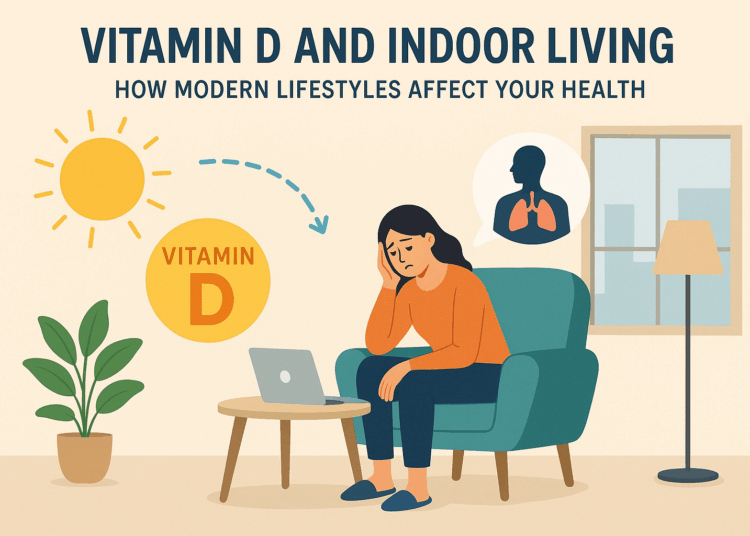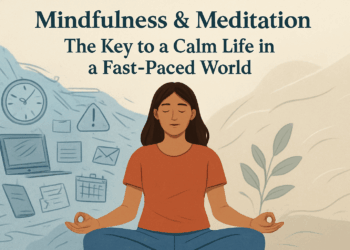In the current digital era, most of us spend most of our time indoors working, studying, relaxing, or even socializing. While contemporary indoor living is convenient and comfortable, there is a stealthy price tag to pay in terms of our health: vitamin D deficiency.
Sold to us as the “sunshine vitamin,” vitamin D is needed for healthy bones, a healthy immune system, stable moods, and even more. Yet our indoor life today is closing us off to the body’s major source of vitamin D sunshine.
In this article, we will look at how modern lifestyles are impacting vitamin D levels globally and how you can look after your health.
Why Is Vitamin D So Vital?
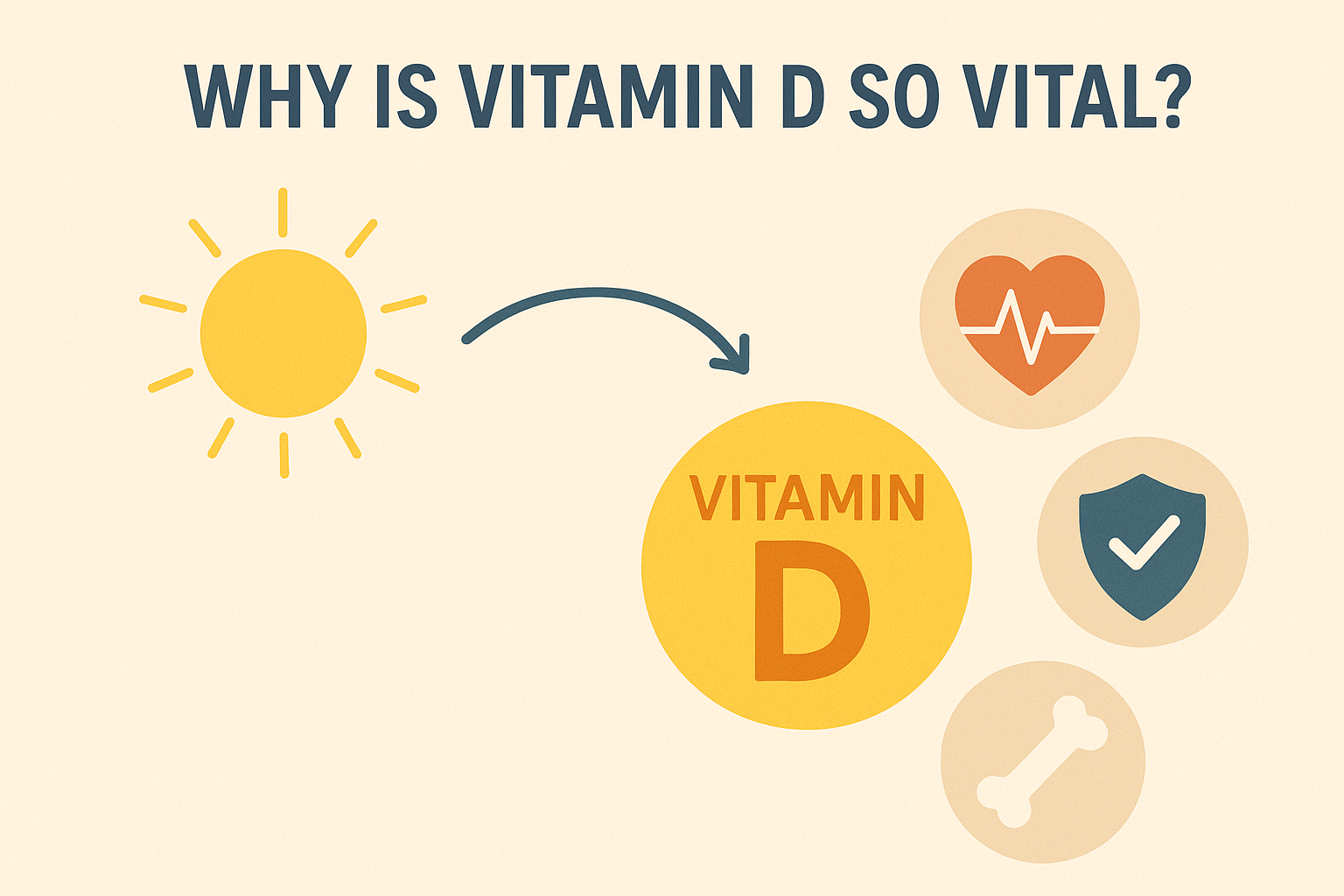
Vitamin D is a fat-soluble vitamin that enables the body to absorb calcium and phosphorus two minerals critical in maintaining healthy bones. Beyond this bone health role, vitamin D also plays a role in:
- Aiding immune function
- Aiding muscle strength
- Aiding mood and mental status
- Lessening inflammation
Unlike the majority of vitamins, vitamin D can be produced in the body naturally if the skin is exposed to sunlight, mainly UVB rays. This is, however, dependent on numerous variables: duration spent outdoors, location, skin color, age, and even quality of air.
How Contemporary Indoor Living Lowers Sun Exposure
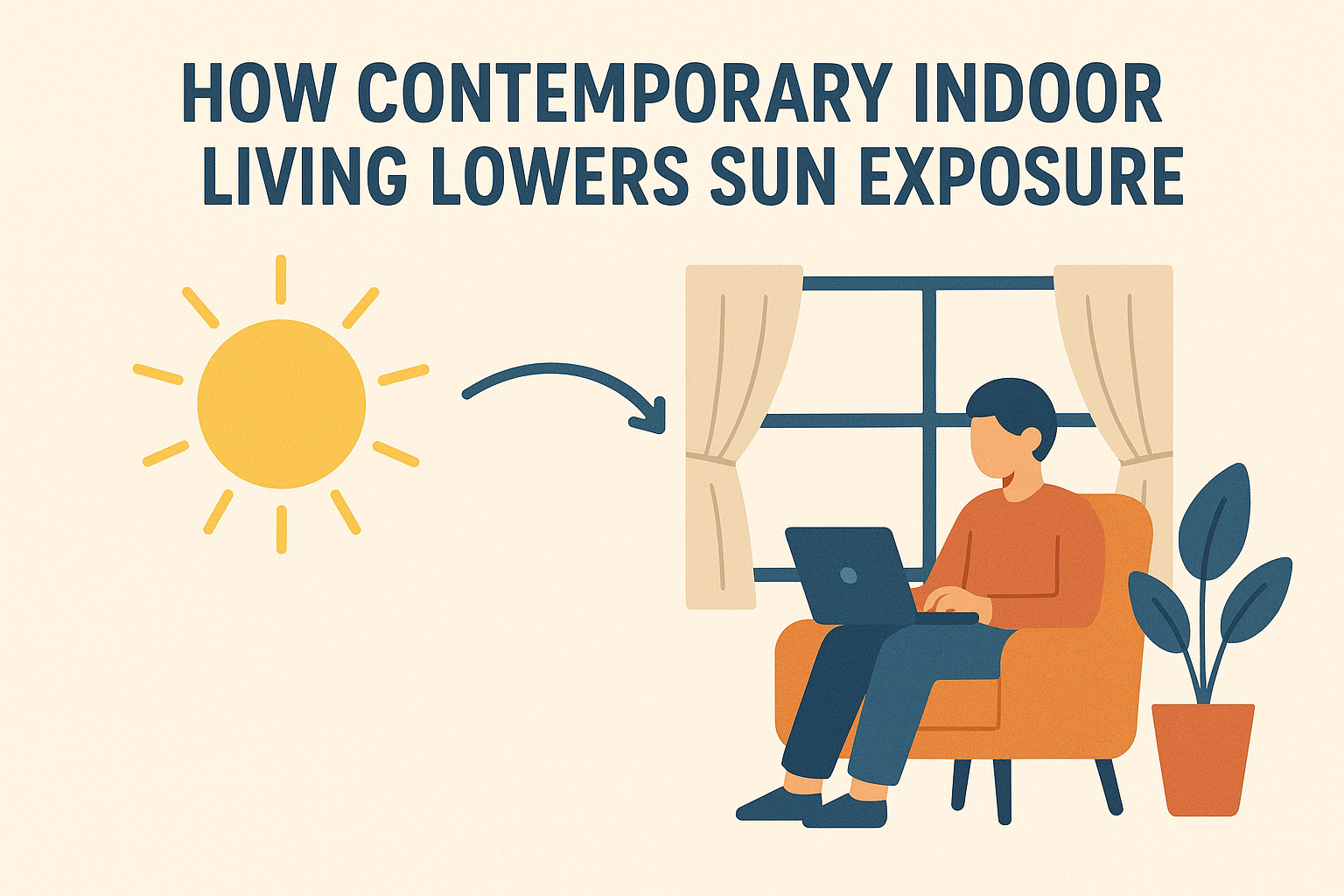
1. Work-from-Home Culture and White-Collar Employment
The move to home working and long days results in millions of individuals spending entire days indoors, away from direct sunlight. Without allocated time spent outside, vitamin D levels sink.
2. Too Much Screen Time
From shopping online to watching streaming media, it has never been easier to stay indoors. Convenience is paid for in terms of exposure to natural light, though.
3. Skin Care Trends and Sun Avoidance
While protection of the skin from damage wrought by UV is valuable, over-use of sunscreens and over-limitation of exposure to the sun itself can contribute to inadequate levels of vitamin D particularly when properly balanced sun exposure is not being utilized.
4. Urban Environments
Staying indoors in high-rises or compact cities also usually restricts access to open, sunny areas. Air pollution in some cities also shields UVB radiation from penetrating the skin, contributing to vitamin D synthesis inhibition.
What Are the Risks of Vitamin D Deficiency?
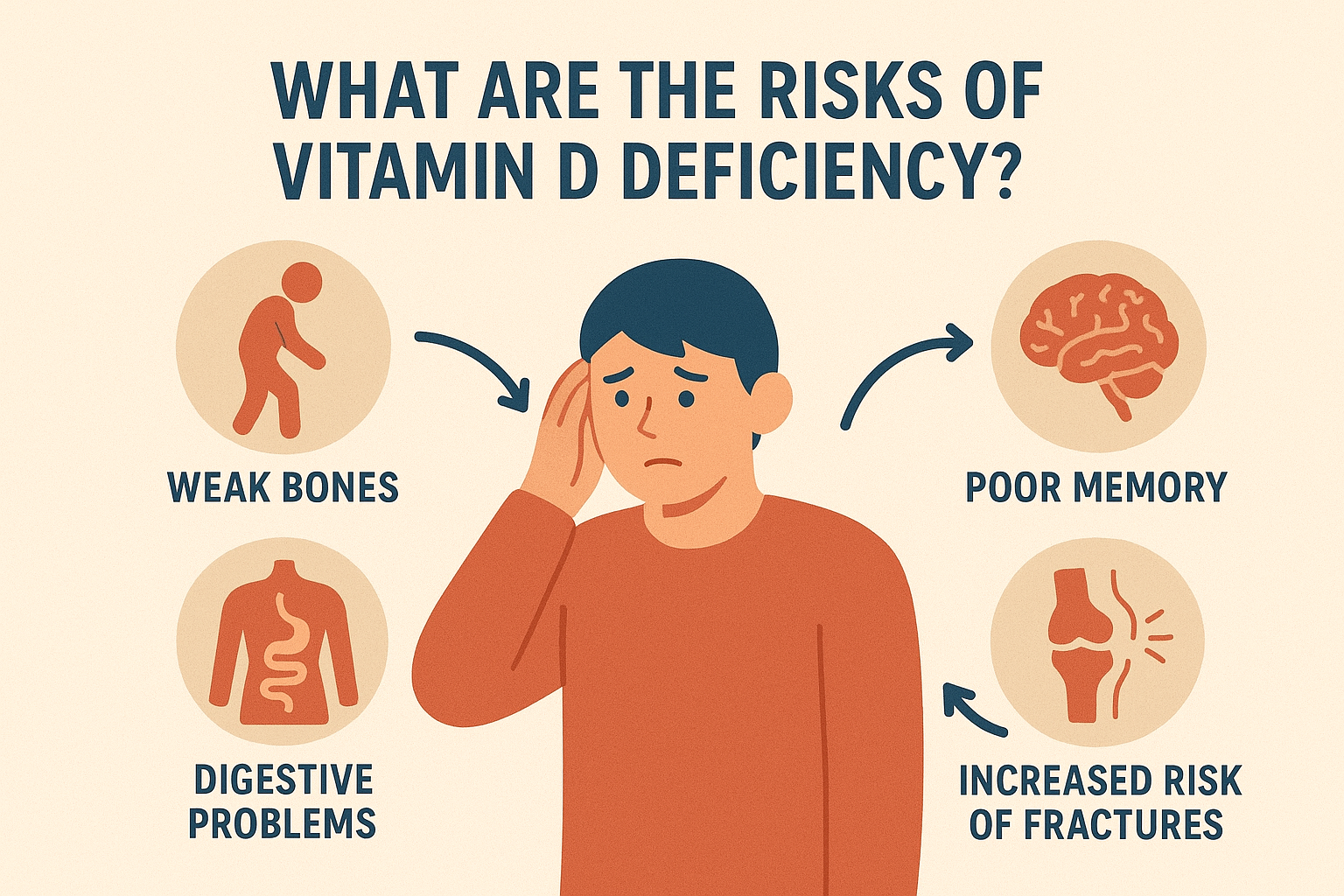
Vitamin D deficiency can result in a vast array of medical problems, such as:
- Weakened or brittle bones (osteoporosis and fractures)
- Muscle weakness and fatigue
- Impaired immune function, resulting in chronic illnesses
- Mood disorders, such as depression and anxiety
- Rickets in children a disease involving impaired bone development
New research also indicates a possible connection between low levels of vitamin D and serious diseases such as cardiovascular disease, diabetes, and autoimmune disease.
Maintaining Vitamin D in Good Health
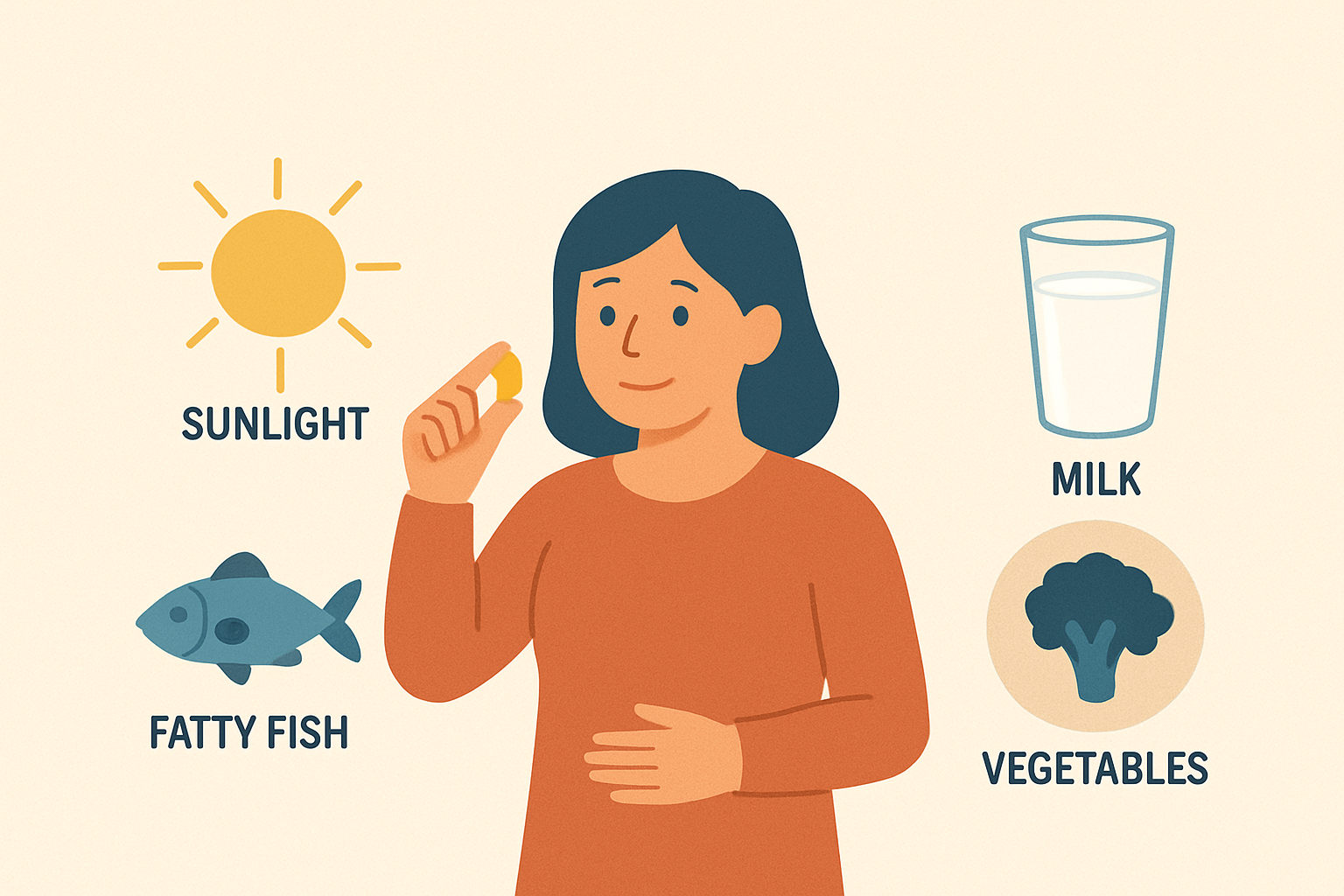
1. Enjoy Safe Sunlight Exposure
Strive for 10 to 20 minutes of sun exposure on your bare skin (e.g., face, arms) a few times a week, ideally in the morning. Time will vary based on your skin tone, location, and season.
2. Consume Vitamin D-Rich Foods
Add foods rich in vitamin D to your diet, including:
- Fatty fish (salmon, sardines, mackerel)
- Egg yolks
- Fortified dairy products
- Fortified cereals and plant-based milks
- Beef liver and cod liver oil
3. Think About Supplementing
If you reside in an area that receives minimal sunlight or have most of your time indoors, vitamin D supplements can be helpful. Always get advice from a health practitioner before beginning any supplement regimen.
Conclusion Getting Back to the Sun for Improved Well-being
Our modern lives have indeed made us more convenient and connected but disconnected from one of the simplest aspects of human well-being: sunlight.
As increasingly more individuals lead indoor lives, a silent epidemic of vitamin D deficiency is spreading around the world. By simply implementing small changes like taking a few minutes extra outside, tweaking your diet, or supplementing as necessary you can protect your long-term well-being.

